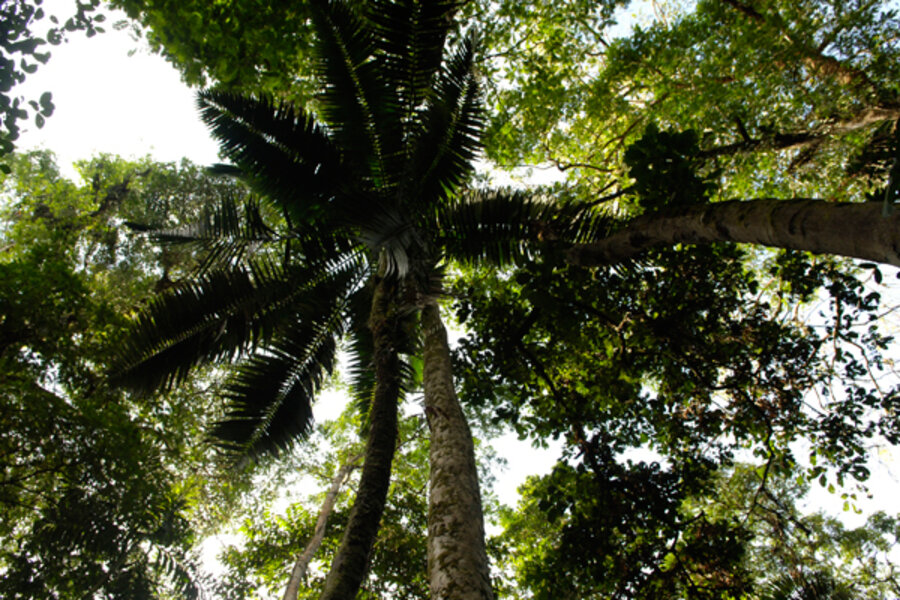Costa Rica, a tropical ecological paradise
Loading...
I’m currently sitting in the airport in Costa Rica, fresh from a yoga retreat and heading back home to Sheep Dog Hollow, the 100-year-old farmhouse we’re trying to renovate in as green a manner as is economically practical. (Think: from calming, tropical paradise to construction mayhem.)
I confess, I’m not quite ready yet to tackle the questions that I know are waiting for me – from timing on when we can start spraying our foam insulation to worries about our fast-draining checking account and whether we can really afford those $7-a-square-foot reclaimed wide board floors (that’s $7 a square foot not including installation or refinishing.
No, in my mind I’m still hearing the gentle roar of the ocean waves, the morning’s orchestral array of bird songs, and the rustling of palm fronds in the wind.
And so, since I won’t get to Sheep Dog to check on progress and attack some of those questions until Wednesday, I thought I’d just take a moment to reflect on how lovely it is to spend time in a genuine “BioGem.”
Yes, Costa Rica is the first country in the world to be designated a BioGem by the Natural Resources Defense Council. The reason for the designation, says the NRDC, is the government’s commitment to “becoming the world's first carbon-neutral nation by 2021.”
For years, it’s also pushed sustainability and eco-tourism and expanded its natural parks to preserve its biodiversity. To say nothing of the fact that Costa Rica one of the hemisphere’s oldest, most stable democracies, which ranks pretty high in the United Nation’s Millennium Development Goals and the UN’s Human Development Index.
Yes, it’s an extraordinary place.
When you arrive, you experience it in subtle ways. The people have gentleness about them, or, as they say in Spanish, are they are “mui amable” – very amiable. The food you buy in the supermarkets, such as the tomatoes, have that sweet, home-grown taste that here in the States you can only get from a home garden.
And then, of course, there’s the pure air and the abundance of birds, iguanas, and little lizards you frequently see lazing in the sun. Yeah, there’s heat and dust – as well as pollution in the big cities – but compared to the other Latin American countries I’ve visited, it’s a veritable ecological Eden.
But there’s another reason the NRDC designated Costa Rica a BioGem: Because it’s potentially threatened. As the website Earth Explore notes:
Pressures to open coastlines to oil and gas exploration and drilling, and exploit virgin rainforest for timber and mining are ramping up. All too easily, this small nation could be directed down the path seen so often in the tropics; of slash and burn and quick profit.
To help the country stay on its current ecological path, the NRDC is “working with the Energy and Environment Ministry to identify measures to help the country meet its [goal to be carbon neutral.
The NRDC also just signed an agreement with the national electric utility, Instituto Costarricense de Electricidad, on energy efficiency and renewable energy projects. In collaboration with other Latin American environment agencies, it’s also launched “a rainforest rejuvenation project to plant 30,000 trees to restore a natural rainforest.”
So, as I head back home from that tropical ecological paradise, my Sheep Dog Hollow worries and questions have been put into a new perspective.
Yes, this green renovation is costing us more in the short term – in cash and headaches – but I again realize that if I can do a little bit now to help future generations enjoy the natural beauties of our country as I just have enjoyed Costa Rica’s, I know it’s worth the cost.
Alexandra Marks blogs twice a week about her green and budget-friendly restoration of a 1902 farmhouse in Connecticut. Click here to find all her blog posts and articles.





